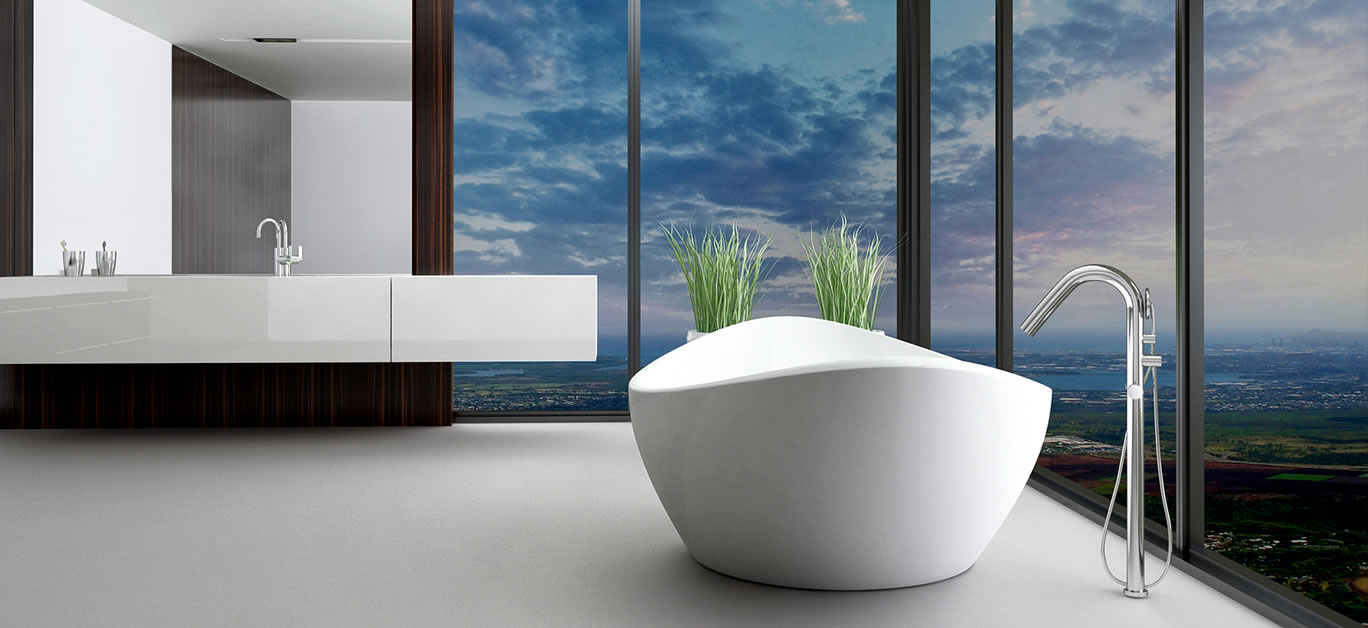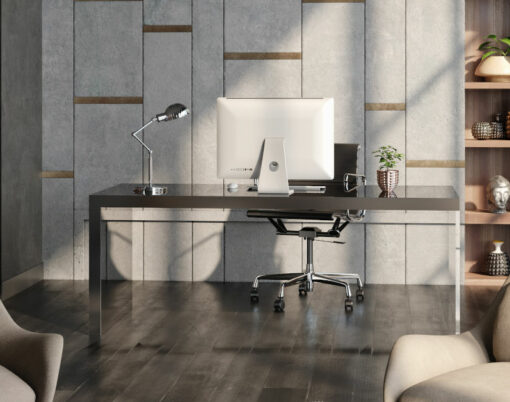Luxury sheepskin retailer Jacobs and Dalton have released their take on the trends for the New Roaring 2020s in each room of the house and how these compare to the original 1920s.
A century ago, the Roaring Twenties meant new beginnings, liberation from war, freedom of expression and the launch of a brand new consumer-focused society. Daring new fashion trends for women and shiny new technology took centre stage as, for the first time, homeowners were able to step out of their comfort zones.
As we enter the 2020s, British luxury sheepskin retailer Jacobs and Dalton has compared what this new decade will bring in interior design trends compared to the 1920s – the heyday of bold and flashy interior design.
Natural and organic interiors
The main focus in interiors for homeowners in 2020 is on reconnecting with nature, but cleverly and subtly. Scandi concept trends such as hygge and lagom have opened a gateway to a new era of design that focuses on comfort rather than formality. Where the glitz and glam of the Jazz Age once ruled supreme, today we have a more minimalist home environment – think natural, organic materials rather than decadent, abstract design.
Take those bold floral wallpapers of the 1920s and rethink them as framed botanical prints in the 2020s; replace polished, geometric flooring designs with solid wood that shows off its stunning natural grain; swap bold geometric rugs for simple but effective shaggy sheepskins. The 2020s living space is simple, comfortable and intimate.
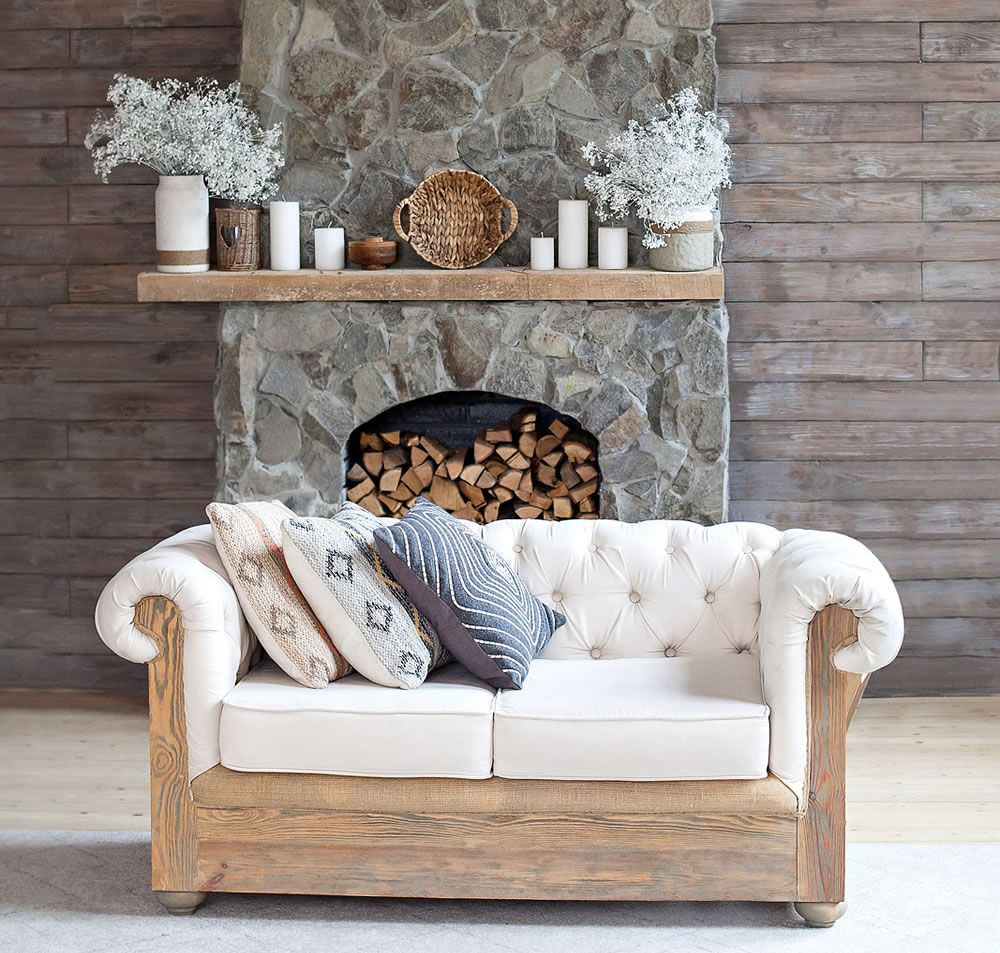
New colours
The 1920s Art Deco era was all about glitz and glam: brilliant gold, shining silver, polished brass. The world had been seduced by luxury, adventure and the ability to be at leisure, and this was reflected in their colour choices. Homes simply exuded wealth and energy where they had the ability to do so.
In the 2020s, flashy is out and cool grey is no longer the top dog. Mirroring the trend for organic interiors, colour trends in the new Roaring 20s will focus on the natural world – splashes of bold classic blue, the Pantone colour choice for the year, mimic the tranquil sea; tranquil dawn, Dulux’s colour of year, recalls the calm of an early spring morning; deep greens to evoke lush forests and meadows; and warm neutral tones, present in sheep’s wool and soft sands.
Tactile textures
Furniture of the 1920s spoke for itself with ornate and elaborate detailing: dramatic angles, curved edges and eclectic finishes such as mother of pearl and tortoiseshell. High shine reflective tiles and bold, now nostalgic, bakelite surfaces were key. On-trend pieces were designed to be exotic and innovative.
In keeping with natural colours and bringing the outdoors in, carefully chosen pieces and layered textures are key. Think a beautifully tactile shaggy sheepskin rug on a raw wood grain floor; velvet cushions atop woven sofa fabrics; cork accessories juxtaposed with terracotta tiles.
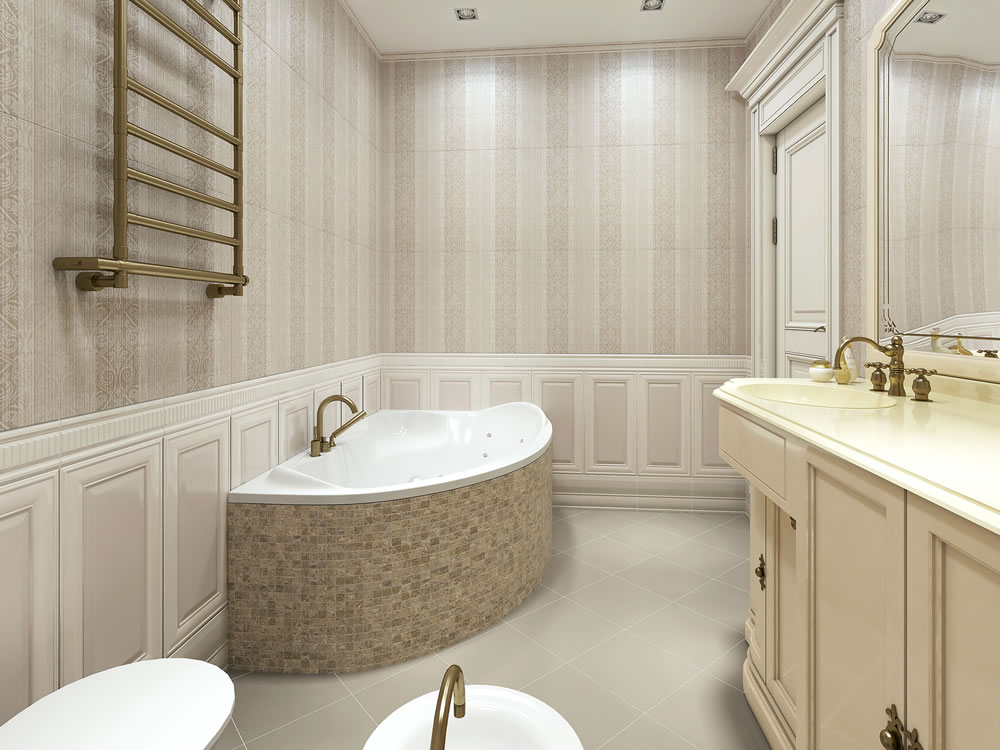
The New Art Deco
While many trends of the 2020s directly contrast those of the 1920s, details of the Art Deco era have been slowly creeping their way back into the mainstream lately. Expect to see tinted colour fluted vases, scalloped furniture edges and architectural arches in homes this decade, beautifully complementing and recalling the sweeping curves of nature.
New technology
The impact of new mass production lines was felt around the world in the 1920s; suddenly new appliances such as refrigerators, vacuum cleaners and shiny new ovens were available to the general public. Today, technology is moving just as, if not, quicker than the 1920s. A home isn’t a home without a few modern devices, be that a simple demisting mirror and USB ports in the bathroom or a fully kitted out smart home, complete with smart heating, lighting and more.
Homeowners still love to show off the latest gadgets to their friends and family today, however, the difference lies in what we do with it. In the 2020s, people tuck away their shiny new gadgets in order to make life easier in a more minimalist way – think spa-like environments in your bathroom, allowing you to relax and recharge through clean, streamlined appliances rather than elaborate and ornate bathroom furniture such as plinth-like pedestals for sinks and decadent clawfoot tubs set against high shine, reflective and often decorative tiled surfaces.
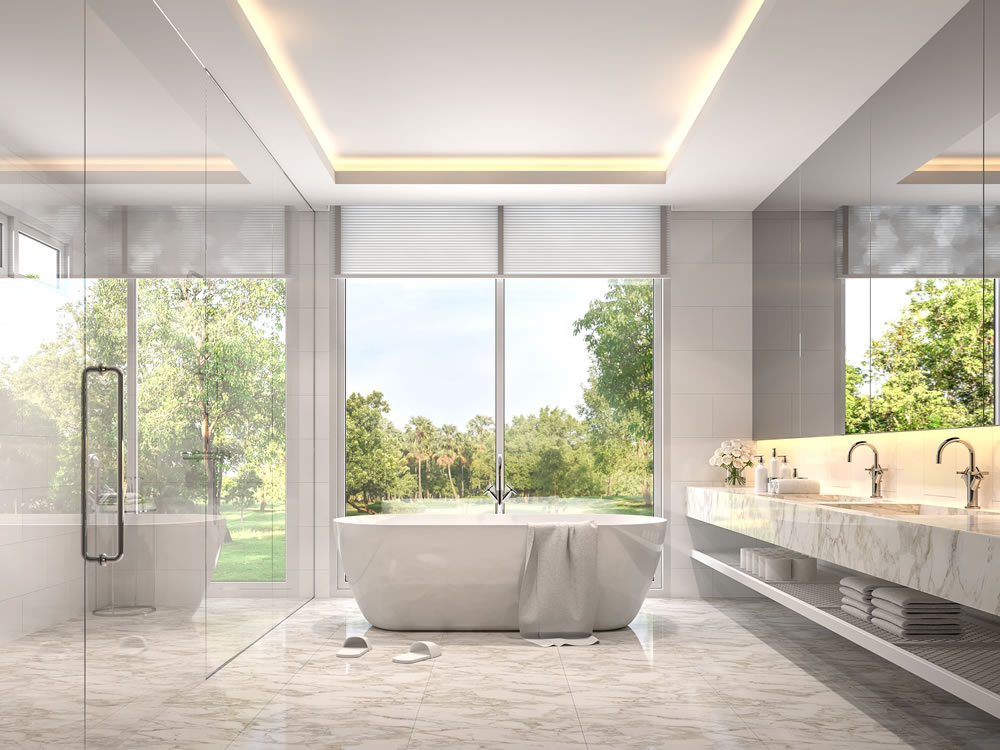
Shopping small
While mass production is still undoubtedly prevalent in the sector, consumers are now looking to take their custom independently where they can, supporting small businesses with lower carbon footprints. During the 1920s, homeowners wanted to show off the fact that they could buy what everyone else had in their homes – it was a classic case of keeping up with the Joneses.
Reduce, reuse, recycle has become a mainstream norm nowadays, as has shopping small. Homeowners today look for independent retailers, designers who hand make their own goods and small businesses. The goal is both to reduce the level of impact their shopping has on the planet as well as discovering unique finds so that their home will stand out. In the 2020s, shoppers are looking to take their custom online more and more, but by exploring marketplaces like Etsy and Facebook for little known retailers.












